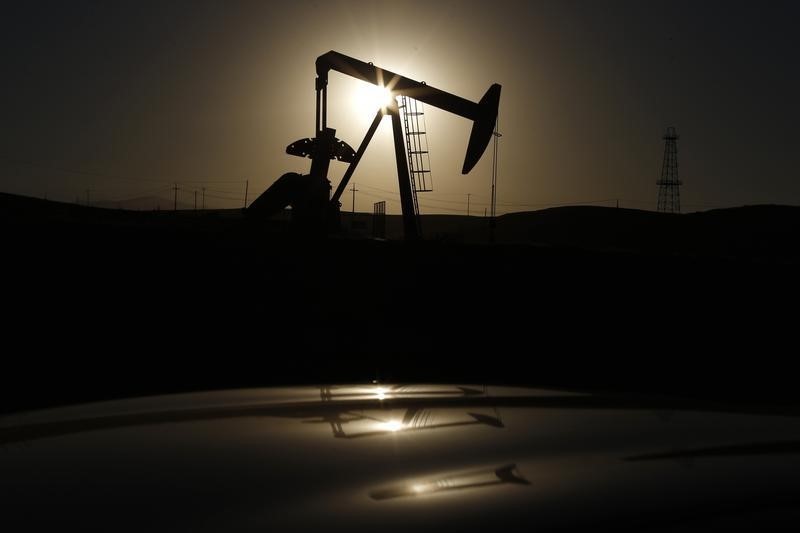By Amanda Cooper
LONDON (Reuters) - Crude oil prices rose in volatile trade on Friday as OPEC ministers prepared to start a Vienna meeting which Iran's oil minister said would stick with a policy of maintaining output unchecked, in line with market expectations.
Brent crude oil futures were last up 29 cents at $44.13 a barrel at 0921 GMT, having fallen earlier this week to a low of $42.43, within cents of August's 6-1/2 year trough.
U.S. crude futures were up 28 cents at $41.36.
In the last few weeks, investors have run up big bearish bets, or short positions, betting on a fall in the price of crude oil, which could be rapidly unwound if OPEC were to give any signal that it might adjust its stance on supply.
"The markets are sitting on their hands at the moment," Saxo Bank general manager Ole Hansen said.
"What OPEC have on their side is the market is in quite a bearish mode, so there are quite a few shorts out there ... if we see anything that resembles a move towards stabilising the the price, then we could see (oil) move 20 or 25 percent higher within a very short period of time" he said.
"It is likely there will be some knee-jerk reaction to prices post the OPEC meeting," Vyanne Lai of National Australia Bank said, adding that some of the bigger producers may be forced to cut output to make room for increasing production from Iran.
Saudi Arabian oil minister Ali al-Naimi said ahead of the meeting growing global demand could absorb an expected jump in Iranian production next year.
"While vocal calls for action to support prices have come from Algeria, Venezuela and Ecuador, the Saudis and their Gulf Cooperation Council allies have given every indication they will stay the course on maintaining market share," investment bank Jefferies said.
On the demand side, China is likely to double its strategic crude oil purchases next year to take advantage of a more than a 60 percent fall in oil prices since June 2014.

Traders are also keeping an eye on U.S. nonfarm payrolls data due Friday as it could help indicate the timing of a possible U.S. rate hike.